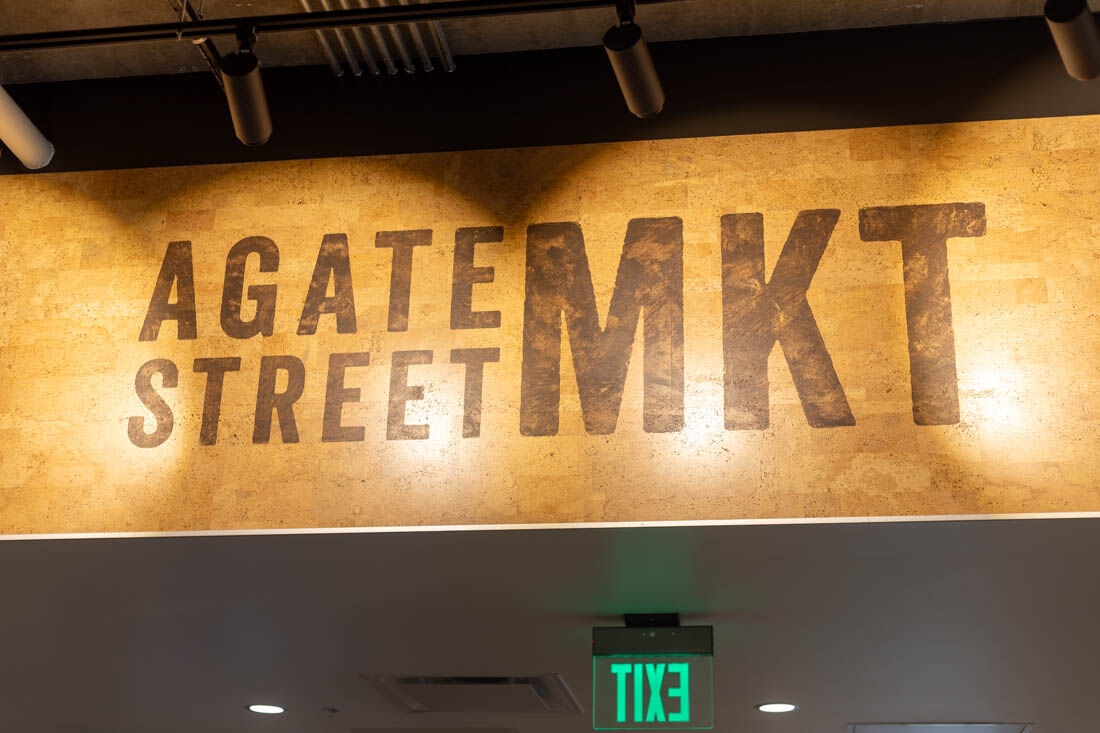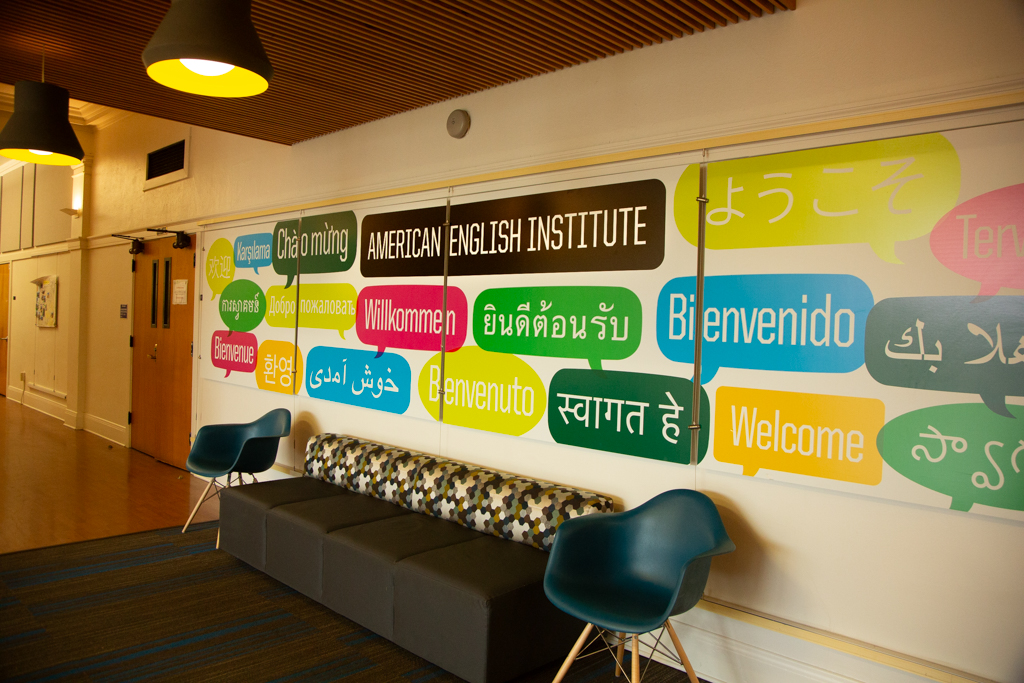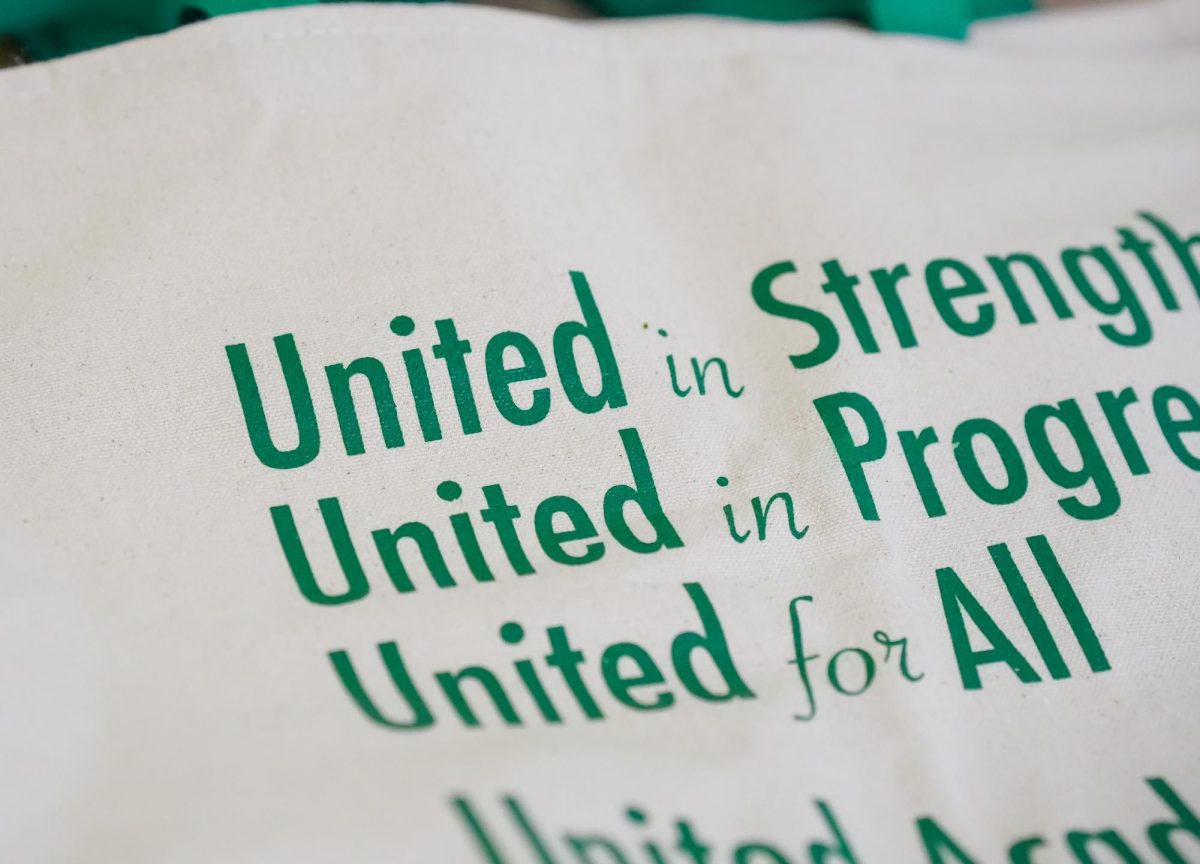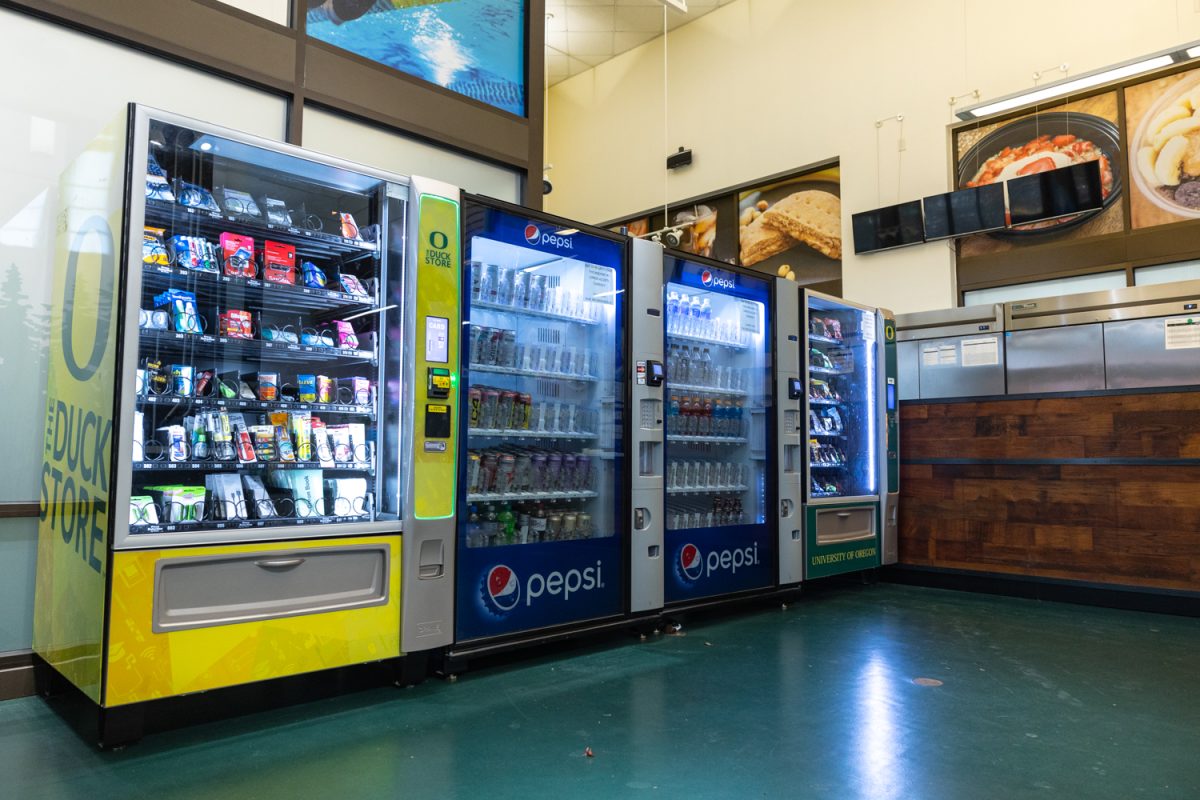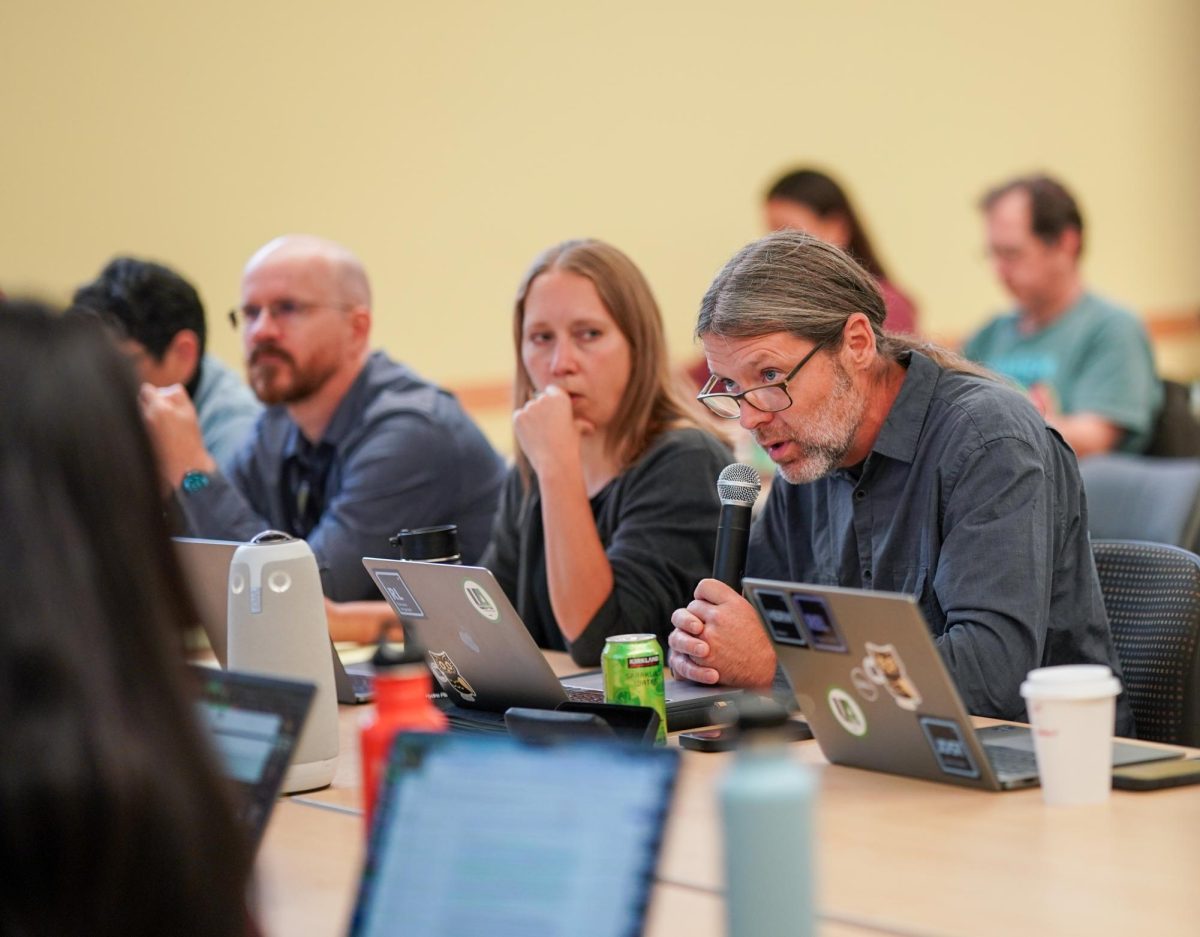On Oct. 1, the gross income limit to qualify for the Supplemental Nutrition Assistance Program benefits increased, as did the maximum amount of money received. This was due to an annual cost of living adjustment, which is implemented to keep up with inflation.
SNAP is a federal government program that allows for low-income persons to receive assistance in paying for food. SNAP benefits, also referred to as food stamps, Oregon Trail Card or EBT, are a supplemental financial support program for individuals who are food insecure. The University of Oregon Basic Needs Program can help students apply for these benefits.
For a single person, the income limit for those eligible to receive SNAP benefits has risen to $2,510 per month, and the maximum benefit amount for a single person has increased from $291 to $292.
To qualify for SNAP benefits as a student, individuals must be between the ages of 18 and 49 and take six or more credits for undergraduate students and five or more for graduate students. In addition, they must meet at least one of a number of requirements to qualify.
“I think the maximum income [used to be] around $1500 per month. Some students might make more than that just barely, and then they wouldn’t qualify. Now the maximum income limit is $2,510, so you can imagine that more students will make less [than that] a month. It’s not guaranteed, but they could qualify,” Julia Morrill, director of UO’s Basic Needs Program, said.
SNAP benefits can be used at most grocery stores to purchase food and non-alcoholic beverages. They may be used for fruits, vegetables, breads, cereals, meat, fish and other foods.
SNAP benefits cannot be used to purchase tobacco, alcohol, medicine, supplements or any non-food items. They also cannot be used to purchase food that is hot at the point of sale, according to the UO Basic Needs website.
“It helps students who can’t afford to purchase healthy and nutritious food to supplement their grocery budget,” Morrill said. “It takes the pressure off their regular budget to buy healthy and nutritious food, which can help students think more clearly, sleep better and have better health.”
Students may apply for SNAP benefits on the Oregon Department of Human Services website, or in person at an Oregon Department of Human Services office. After the application process, students will have to meet with an ODHS caseworker, which may take place in person or over the phone.
“It’s a little bit of a complicated paperwork process, so throughout the year, our team, the Basic Needs Program, will have some support for students who are having a little bit of a hard time filling out their forms,” Morrill said. “ We don’t actually submit the forms for students, but we can give them some advice.”
Most stores will confirm if they accept SNAP online or in-store.
On the UO campus, the Agate Street Market in Unthank Hall is the only store that accepts SNAP. The Agate Street Market sells packaged food and cold deli products, such as sandwiches and salads, all of which can be purchased with SNAP benefits.
According to Morrill, students who are on meal plans that cover more than 51% of their meals may not qualify for SNAP benefits.
“If your meal plan consists of 51% or more of your meals, then you won’t qualify for SNAP. So if it’s less than 50% of your meals throughout the week, then you might be able to qualify for SNAP in other ways, but there is that restriction for students who live in a residential campus and they have a meal plan that is a complication,” Morrill said.
To learn more about the SNAP benefits program, visit the UO Basic Needs Program website.

